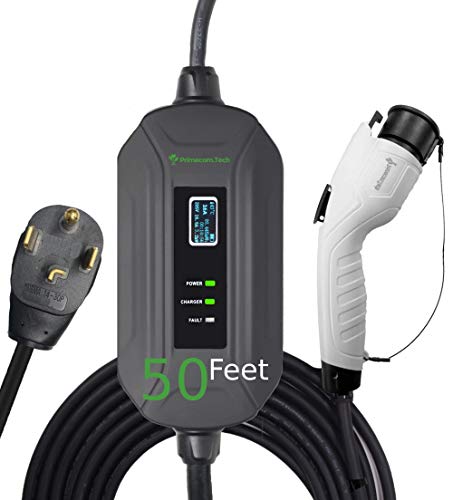I came across this article about changes to the Tesla Model S ordering process:
What could be the reason to ditch the second charger option ? Not enough people ordering it ? Or a technical reason ?
Tesla recently changed the options for ordering a Model S. Significantly, the changes include deleting all mentions anywhere for the option to have installed within the vehicle "Dual Chargers." This is the feature that allows the Model S to receive Level 2 (240 volt) charging at 80 amps. Standard is 40 amps. Besides a large segment of Tesla owners having 240 Volt, 80 amp EVSE installed in our homes, Tesla has created a vast "Destination Charging" network of Tesla-specifc 240 volt, 80 amp charging stations that are at many hotels, restaurants and other public places all over the U.S., Europe and China. These are a second network in addition to the Tesla Superchargers. The Destination Charging or home 80 amp stations allow Model S vehicles to receive charging at 19 kW, meaning this method adds 45 to 50 miles of range to the vehicle per hour of charging, or filling up a 250-mile range vehicle in about three and one-half hours. The standard 40 amp vehicles take twice as long to charge.
For whatever reason, Tesla has decided to not show anywhere on its ordering page the opportunity to have the vehicle be fitted to receive 80 amps. This may affect the rollout of Destination Charging stations as a facility may now opt for only installing 40 amp EVSEs rather than 80 amp, as there presumably will be far less Tesla vehicles with 80 amp capability.
Under the new sales method, a customer would have to figure out though a sales associate or some other research the 80 amp opportunity. Then this owner would have to have the 80 amp capability installed not at the factory, but at Tesla Service center for an additional $2000 including parts and labor.
Up until about two weeks ago, the 80 amp charging option (Dual Chargers) was prominently displayed as an ordering option that would come pre-installed from the factory.
Among other changes to the Tesla ordering includes all vehicle ordered now are Supercharger-enabled. Previously some models could be ordered for less money without the ability for the vehicle to Supercharge. There are several other changes including discontinuing the 60 kW battery Model S that had an EPA-rated 208 mile range and replacing it with a 70 kW battery model that has an EPA-rated 240 mile range.
What could be the reason to ditch the second charger option ? Not enough people ordering it ? Or a technical reason ?


































